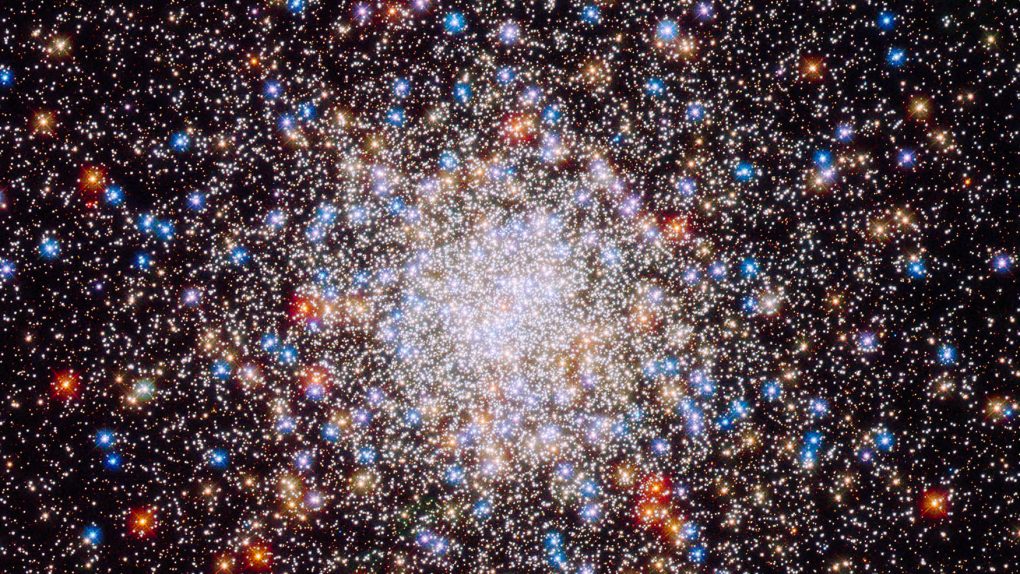- Alpha Centauri is the nearest star system to Earth, and that makes it a prime target for study as well as potential interstellar missions in the future.
- Scientists believe they’ve spotted a never-before-seen planet orbiting the triple star system.
- The planet appears to be orbiting Alpha Centauri A, which is a star a lot like our own Sun, though the conditions on the would-be planet are unknowable at this time.
In the hunt for life outside of Earth, the most obvious places to search of those that are nearest to us. In terms of interstellar exploration, the nearest star system to Earth is Alpha Centauri, a collection of two bright stars and one dim star, and at least a couple of planets. The conditions on the worlds of Alpha Centauri are largely unknown, but new observations reveal that there might be another planet orbiting one of the stars, and that’s big news.
As The Guardian reports, researchers have spotted something in surveys of Alpha Centauri A — one of the two Sun-like stars in the system — that looks a whole lot like a planet. At a distance of just over 4 light-years from Earth, the system is right next door, but spotting something as tiny as a planet is still a major challenge. Put simply, the astronomers aren’t sure it’s a planet… but it could be.
In a new research paper, the astronomers describe exactly what they’ve spotted, and while it sounds like they’re really betting on it being a planet, they hedge their claims by noting that it could be, well, pretty much anything. The bright spot orbiting the star appeared in the lens of the Very Large Telescope, which is run by the European Southern Observatory in Chile. It appears to be large enough to be a planet, but it could be something else.
But what would be large enough to appear like a planet? Many things, actually. The researchers offer a few possibilities, including a large mass of dust or a group of asteroids. They even suggest the sobering possibility that the bright dot is actually just a glitch in the observational hardware, and that there actually nothing there to begin with. That would be a real bummer, but it’s entirely within the realm of possibility.
“We also discuss a possible exoplanet or exozodiacal disk detection around α Centauri A,” the researchers write. “However, an instrumental artifact of unknown origin cannot be ruled out. These results demonstrate the feasibility of imaging rocky habitable-zone exoplanets with current and upcoming telescopes.”
In the years to come, with more powerful telescopes getting ready for their time in the spotlight, we may be able to learn more about the system and its planets. Confirmation that this new planet indeed exists may have to wait.








